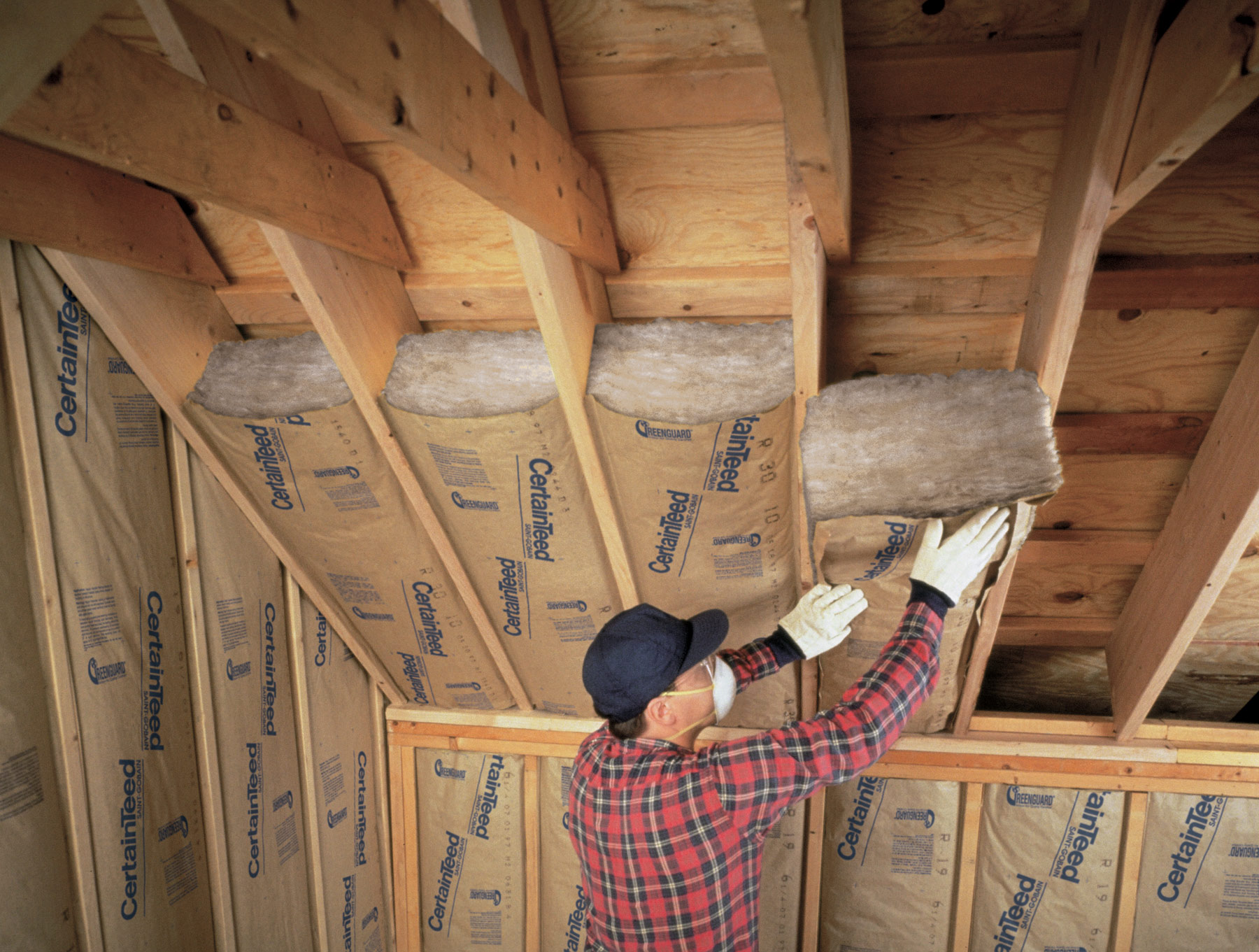
Homeowners build sheds for various reasons, but regardless of the intended use, everyone wants their shed to be of top-notch quality. Seasons can come with harsh weather conditions depending on your area of residence. Sheds are often susceptible to harsh environmental elements, and homeowners might need to equip and insulate them to fight the cold during the colder months. Insulation of the exterior of a shed is as simple as covering its outside. You will want to hire a shed builder to help coat its windows, doors, and any other of its dimension to make it airtight.
Insulate the Openings
One of the best ways to insulate a shed is to pack it with insulating materials. However, homeowners have to consider other factors such as design their windows and doors in a way they can’t let warm air escape or cold air in. Though thicker windows can result in condensation build-up, they can help accomplish this. Homeowners must also ensure their sheds are crafted professionally, as any crack or opening between the bricks or boards can let hot air escape or cold air in, reducing the effectiveness of the insulators.
Insulate All Sides
You may need to insulate all sides of a shed to fully equip it to fight the cold and keep the temperature warm during the winter. You can use any insulating material to cover its floor, walls, and roof depending on your budget. While mineral oil is an excellent insulating option, phenolic foam has over time become the top choice. The selection of the insulators would depend on factors such as budget, availability, and size. Work with an insulating material that is in line with the specifications and features of your shed. Nonetheless, homeowners should ensure their roof insulators can provide ample ventilation. When warm air is allowed to condense, the shed can accumulate the moisture, which often damages its exterior.
Toasty and Nice
People living in regions that experience extreme cold during the winter would want to keep the interior of their sheds warm. The best way to achieve this is to coat the floor, walls, and roof of the shed. You might also need to equip the shed with windows and doors and fill gaps between boards to reduce the amount of warm air escaping outside.
Homeowners should understand that some sheds aren’t suited for insulation. For example, the structures of small plastic and metal sheds often tend not to blend with insulators. As such, a homeowner might need to change the shape and structure of the hut to make it suited for insulation. Conversely, any standard wooden shed can be insulated to help keep it warm during cold months. You can also use insulation materials to reduce damages to the shed and stored tools and equipment. Farmers can use their insulated huts to keep insecticides, plants, and can even use them as a recreational room. Proper insulation of a shed requires the installation of drywall, coating of the sheets, and sealing all gaps between the siding panels.






